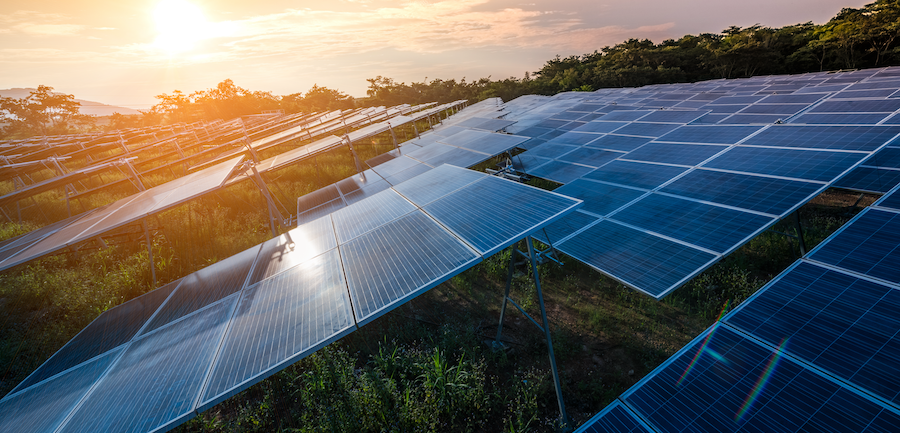
A new asset fund and an upgraded solar farm can both have a dramatic positive impact on UK renewables.
There have been two pieces of good news for the UK’s renewables industry in May 2023. The first is the green light for the UK’s first long-term asset fund aiming to make investment in renewables more inclusive. The second is a solar farm near Bristol going live with a direct connection to the electricity transmission network.
While these stories are very different, they both have the potential to alter the trajectory for UK renewables. In this article, we’ll look in more detail at these two events and try to work out what it means for renewables here in the UK. Let’s get started.
The UK’s first long-term asset fund
The global investment manager, Schroders Capital, has received the go-ahead from the Financial Conduct Authority (FCA) to create the UK’s first long-term asset investment fund focused on renewables and the transition away from fossil fuels to renewable energy.
A long-term asset fund (LTAF) is a type of investment vehicle where investors hold their assets for an extended period of time, expecting yields to grow over several years. They’re aimed at professional investors and pension schemes that are happy to hold a position for the long haul rather than offload investments quickly to make a quick return.
The new fund, which will be managed by Schroders Greencoat, will invest in companies in the renewables industry. They will also support companies that build infrastructure that accelerates the transition from fossil fuels to renewable energy. It aims to make investment in renewables accessible to a broader range of investors, where previously, it may have been more of a closed shop.
Schroders Greencoat believes that the new fund will help provide the necessary funding to move the UK towards renewable energy while providing excellent returns for investors.
We look forward to keeping an eye on its performance. Will it encourage other asset management firms to enter the sector?
The first directly-connected solar farm
Our next piece of good news is that Larks Green solar farm has become the first solar facility in the UK to connect directly to the energy distribution network. Before this happened, all the UK’s solar farms were connected to regional transmission networks which run at a lower voltage.
Solar farms typically contain a substantial number of solar panels installed on a plot of land and can range in size from a few to hundreds of acres. These panels collect sunlight and convert it into electricity, which can then be supplied to the electrical grid for consumption by homes and businesses.
The new Larks Green site near Bristol will generate more than 73,000MWh every year, which is enough to power more than 17,000 homes. Owned by Enso Energy and Cero Generation, it’s connected directly to the National Grid’s Iron Acton substation. When a solar farm is directly connected to the network in this way, it can be transmitted over greater distances without energy loss.
Larks Green is co-located with a 49.5MW battery energy storage system (BESS), which levels out the inconsistencies in solar energy production while maximising output efficiency. It’s the first time a solar facility and BESS have been located together in this way in the UK.
Experts believe that having a direct solar connection to the grid in this way represents a significant step towards hitting the UK’s target of fully decarbonising the energy network by 2035. By then, the government aims to reach up to 70GW in annual solar energy production. This would be a 5X increase on current numbers. However, the job is by no means done yet. The House of Commons’ own Environment Audit Committee believes there is still a lot of ground to make up if the country is to hit this target.
Nevertheless, it’s a milestone on the UK’s journey to renewable energy. Figures from the National Grid, Enso Energy and Cero Generation are happy to promote it. We hope to see more renewable energy generation sites connected directly to the grid soon.
What next for renewables?
We welcome both these new developments for the UK’s growing renewables sector.
If all goes well, the Schroders Greencoat long-term asset fund will open doors to funding innovative renewables companies that were previously closed. At the same time, the direct connection of the new Larks Green solar and battery storage facility shows what is possible and encourages others to develop complementary solutions.
We hope to tell you about more good news in the forthcoming months.
